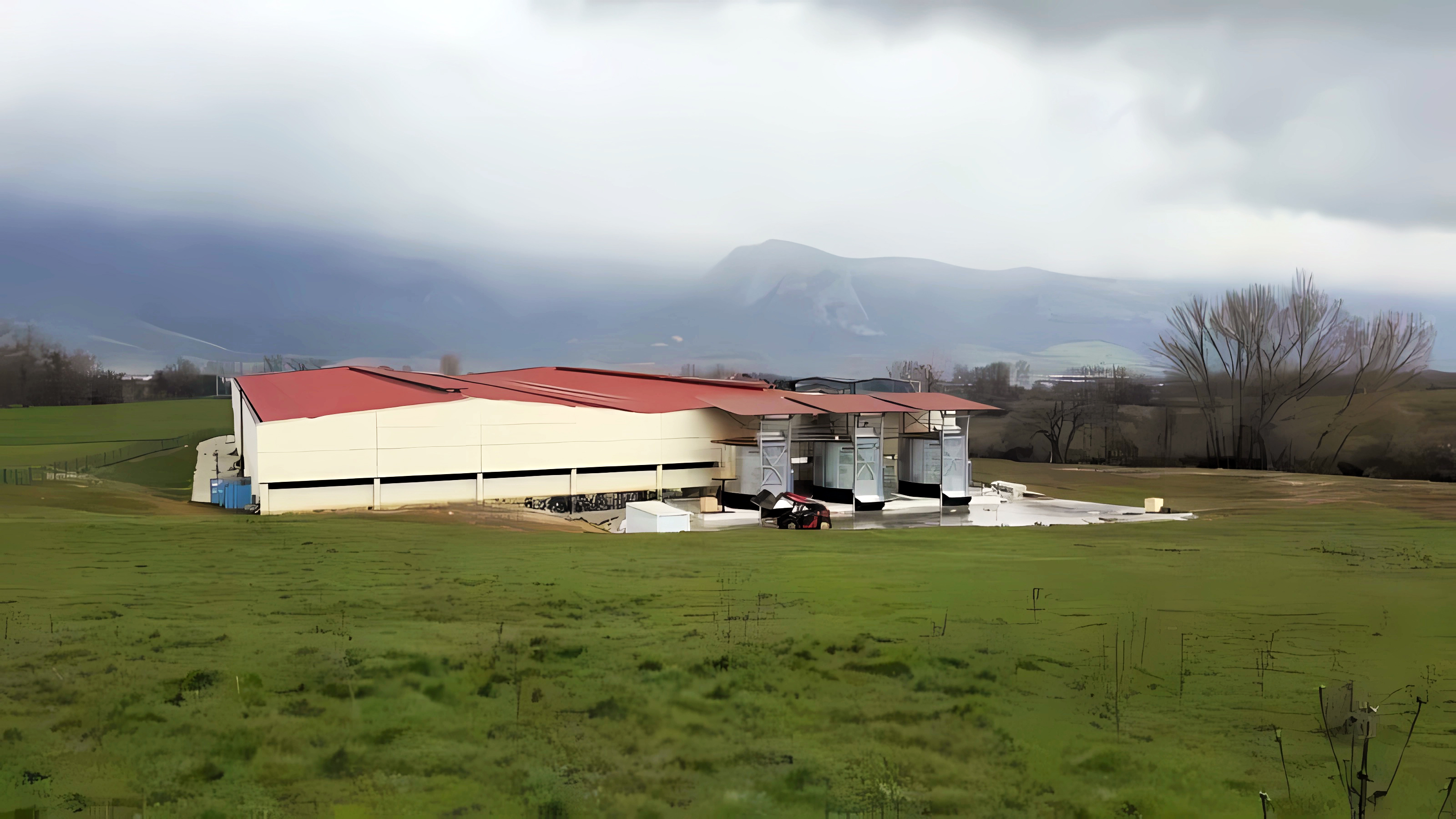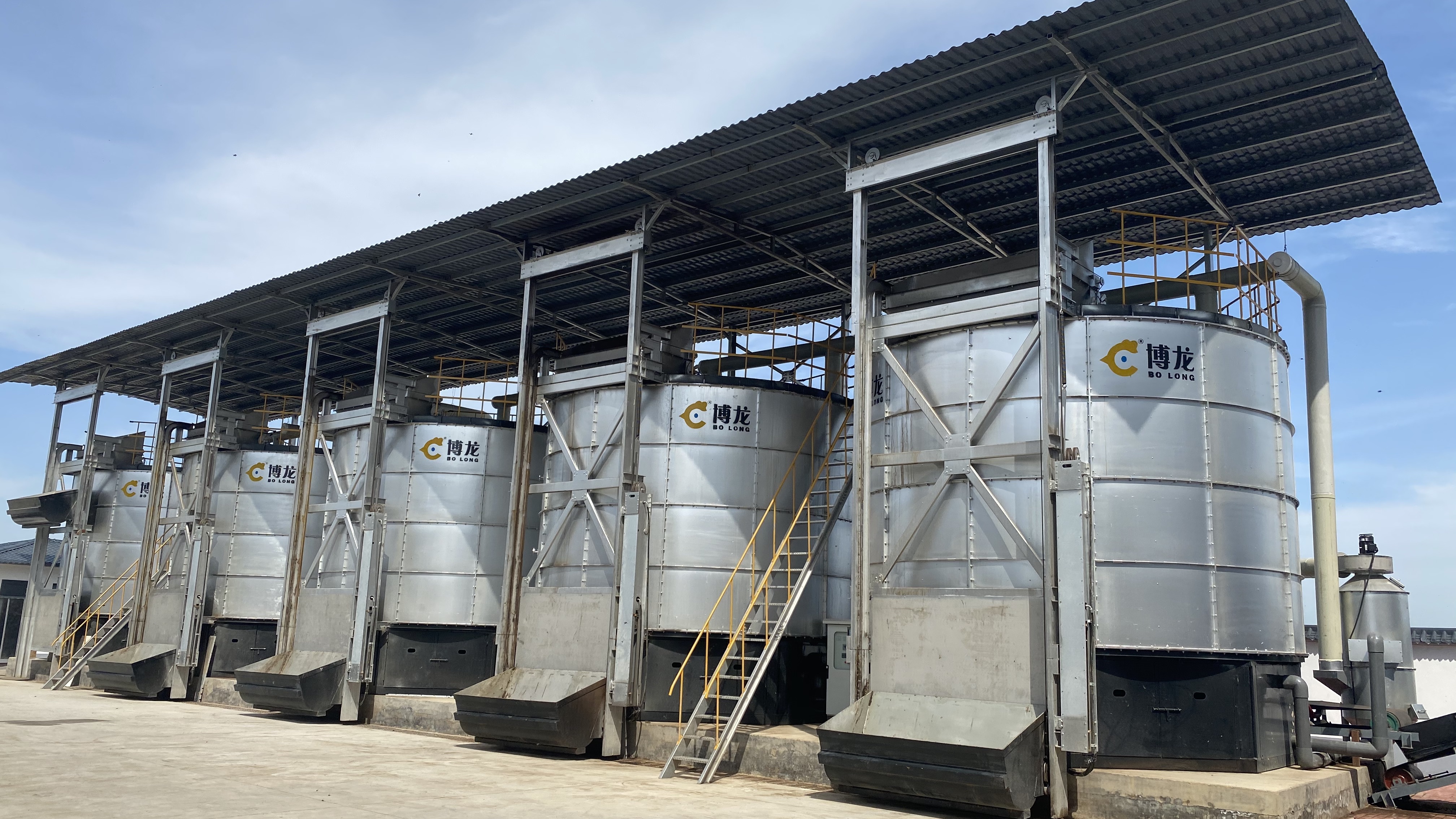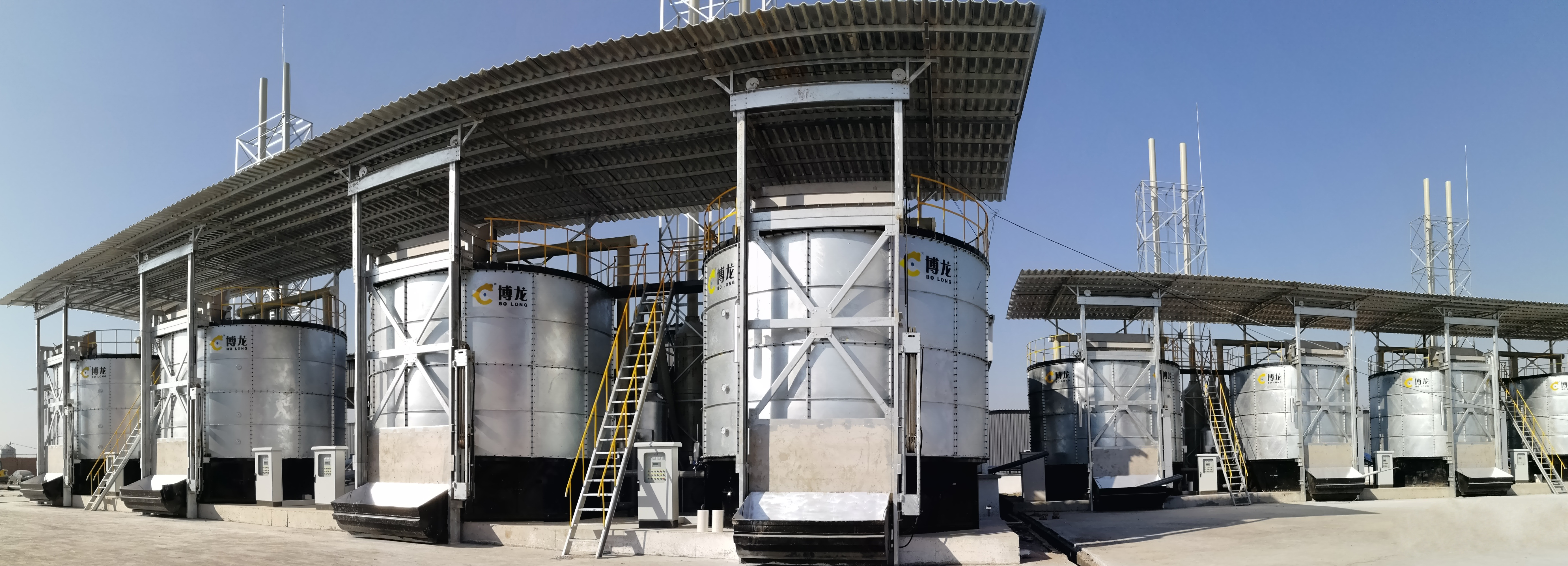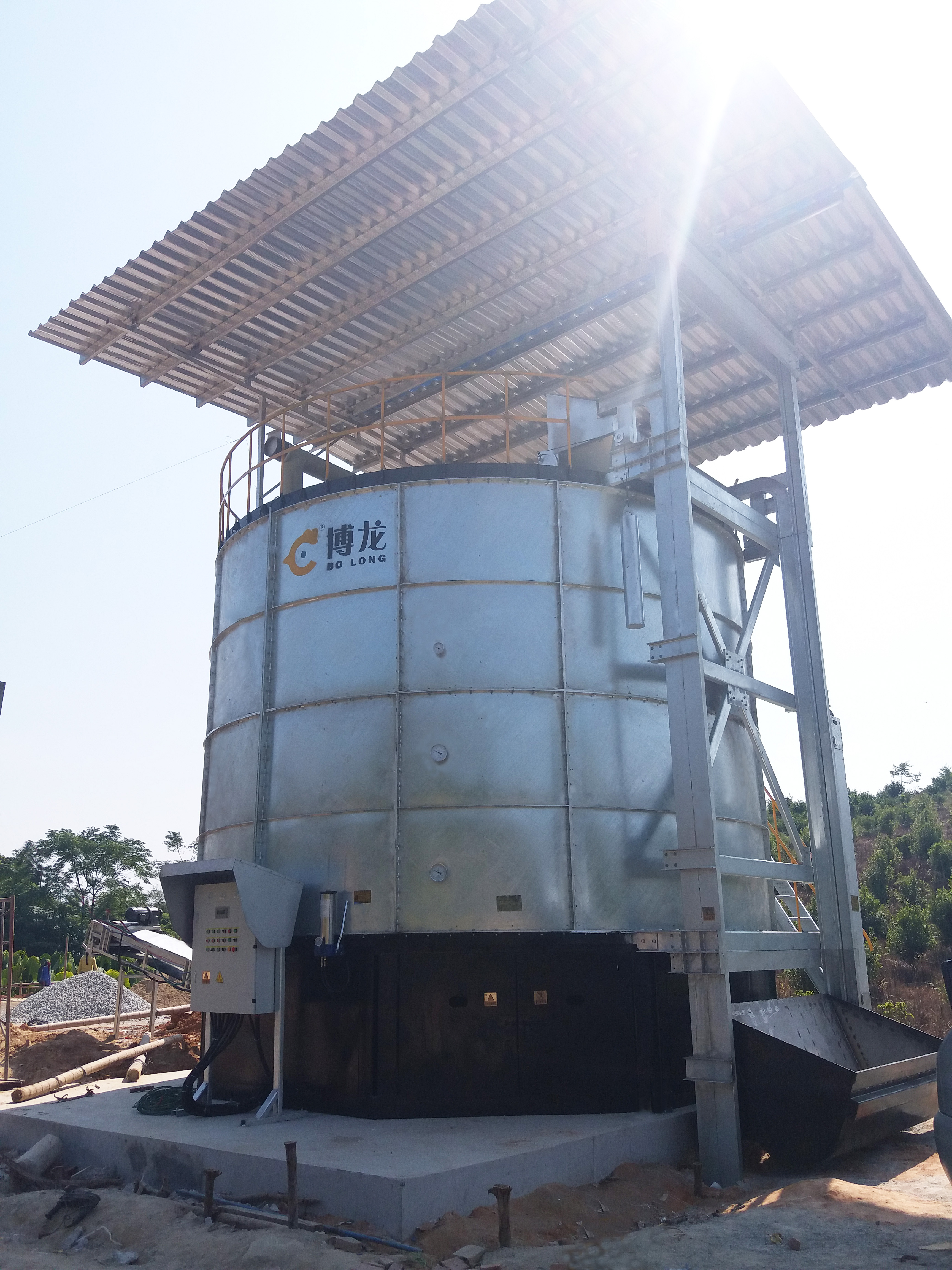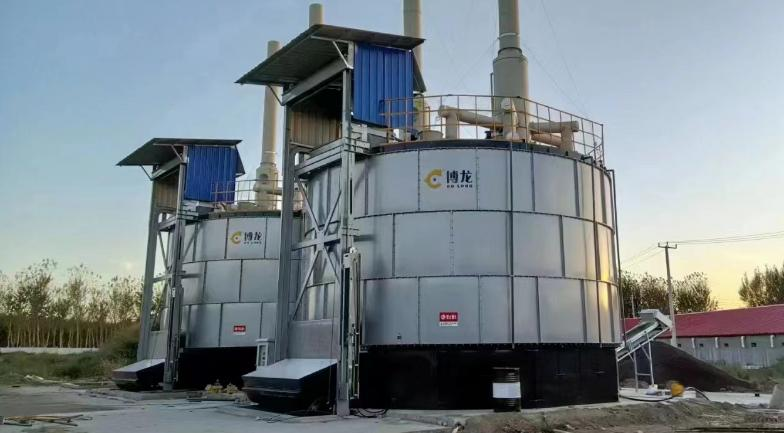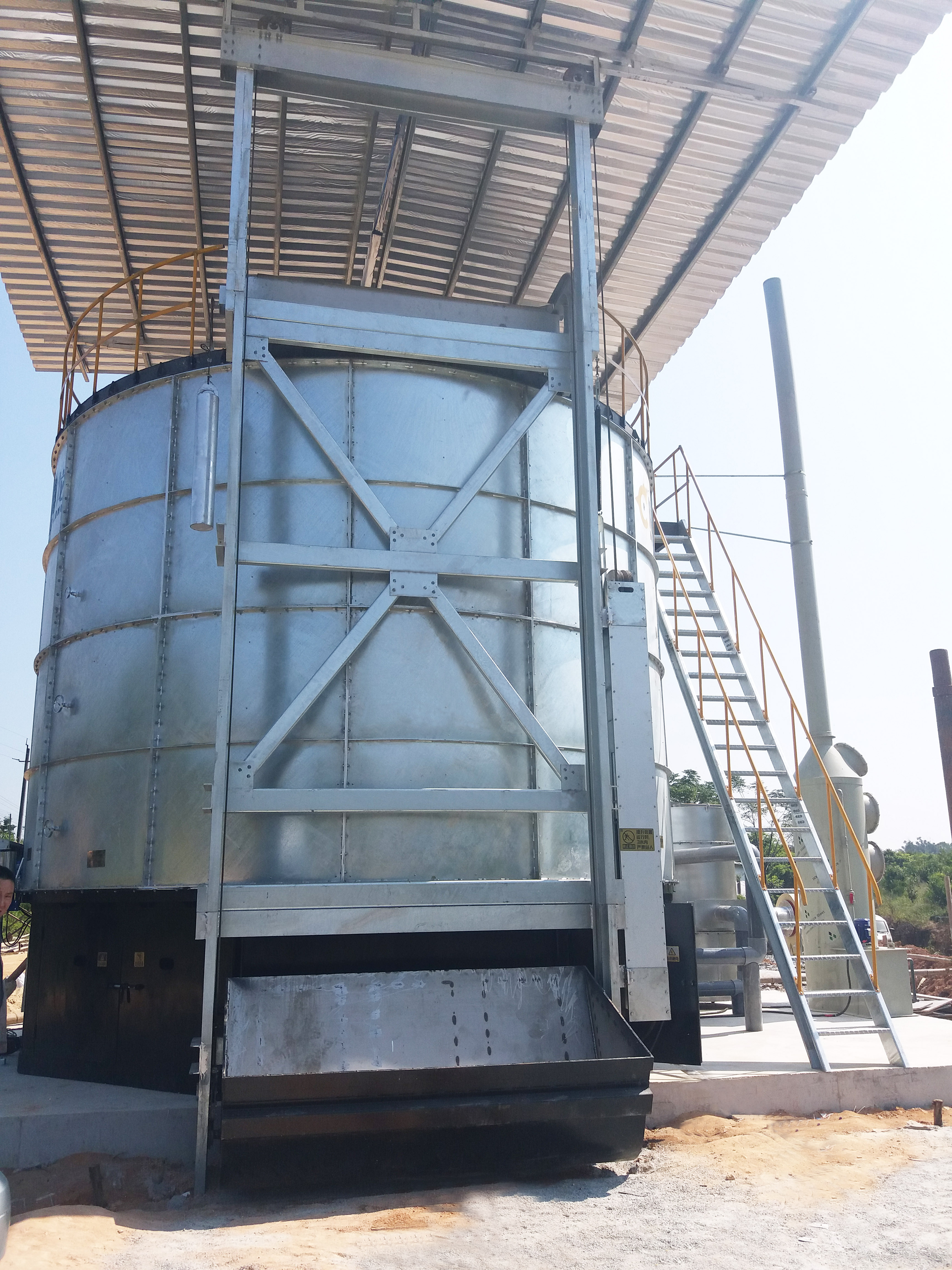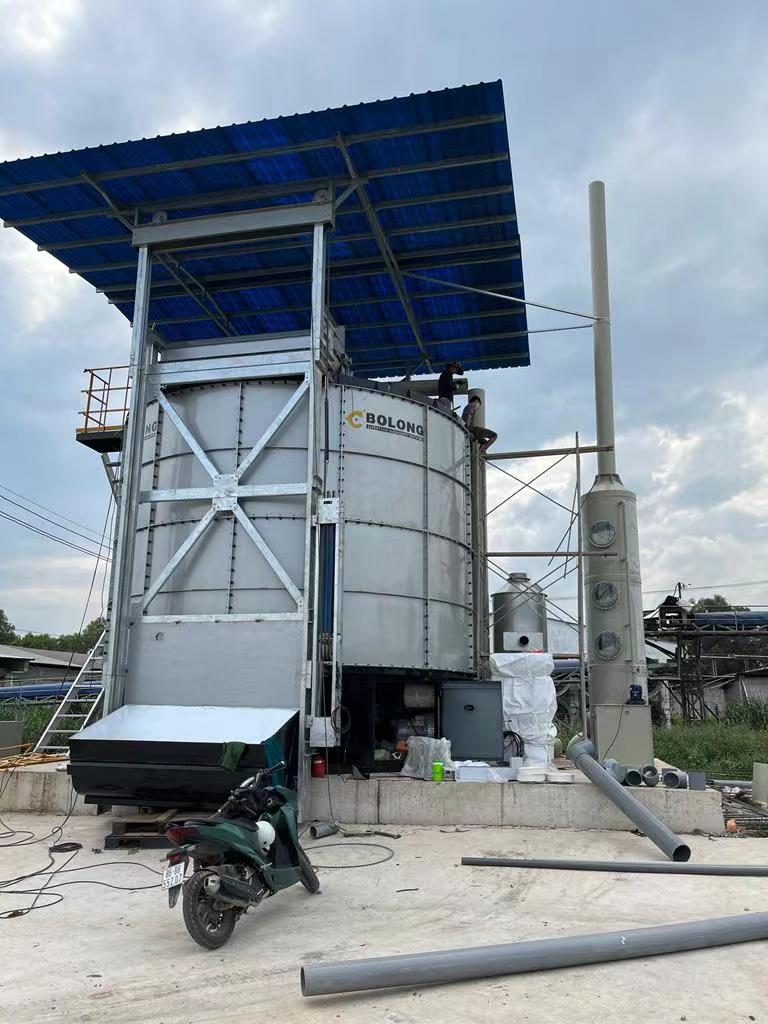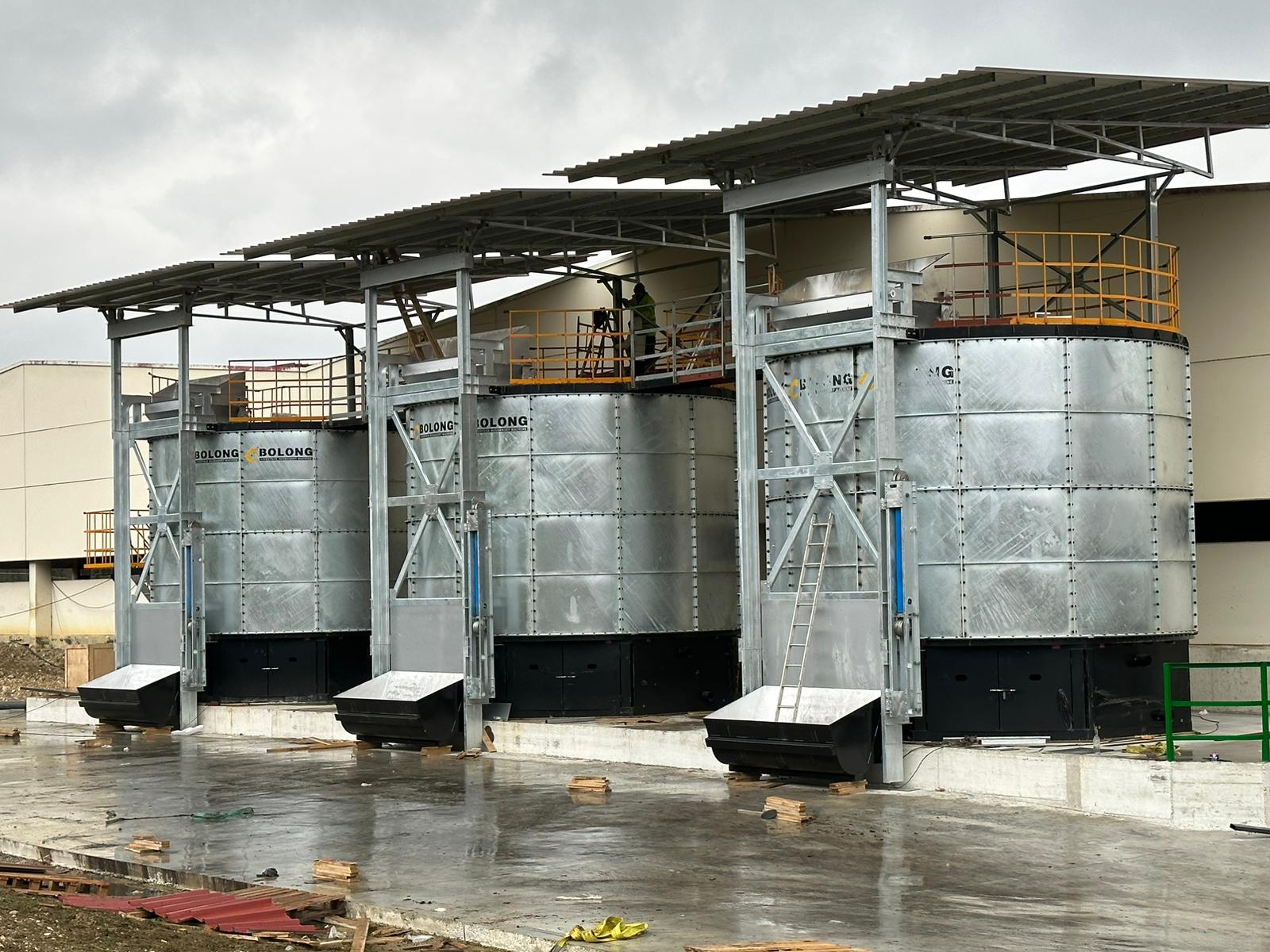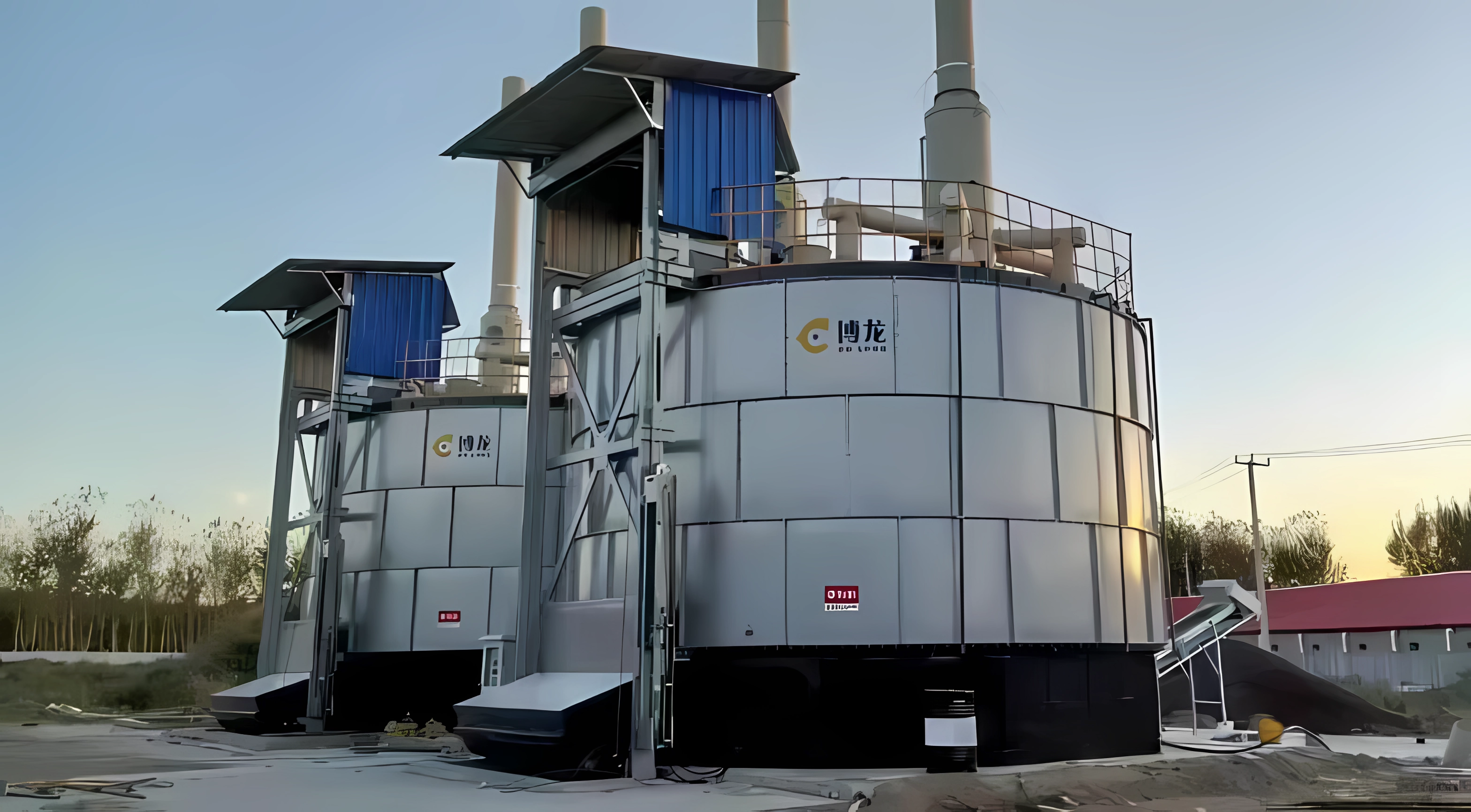In the United States, sewage sludge is also called wastewater solids. After any form of treatment, sludge is often referred to as “ biosolids ”. In line with this, we can say that sludge treatment turns sludge into biosolids. "Biosolids" are usually either applied on land, incinerated, or landfilled. Sludge can also come from industrial
